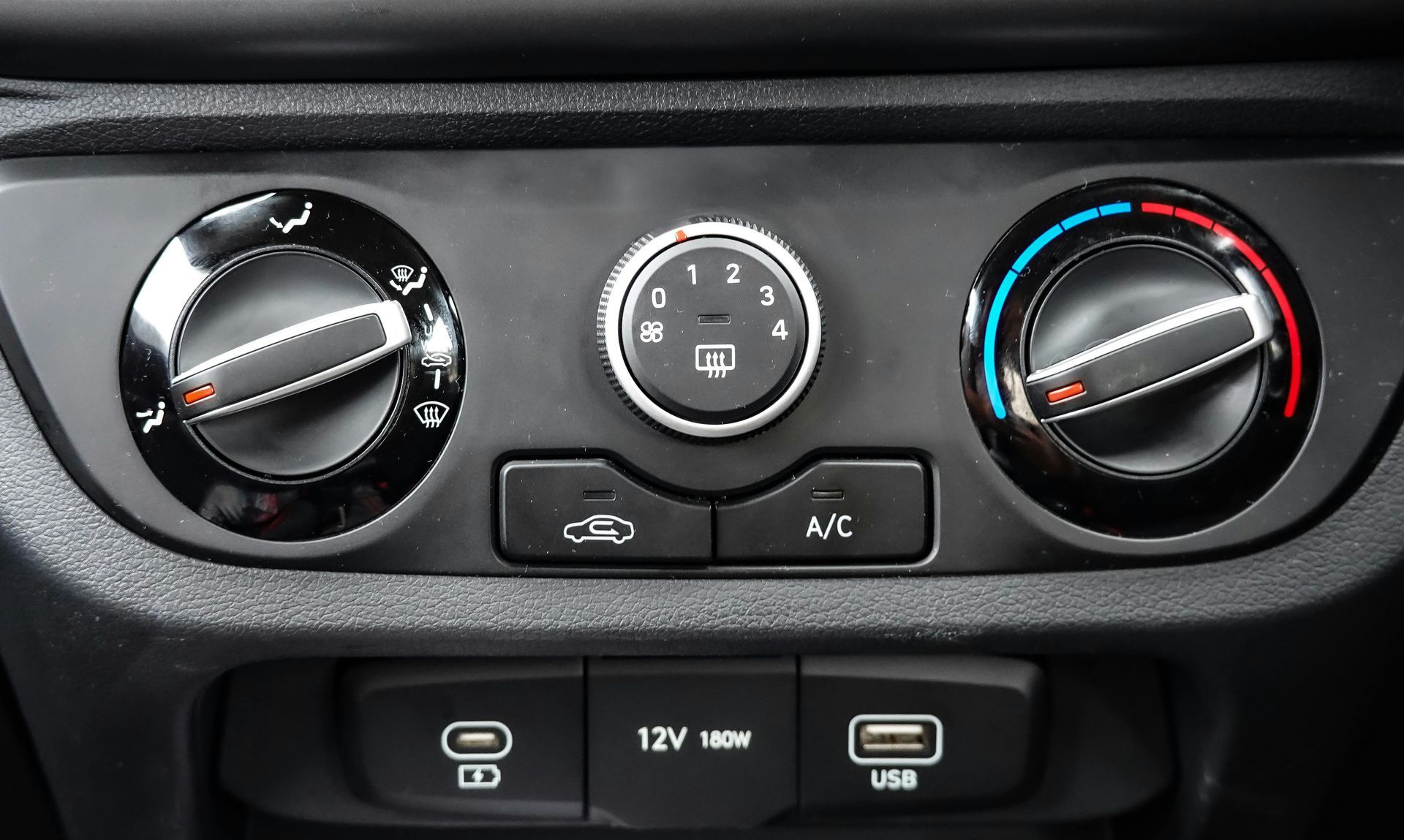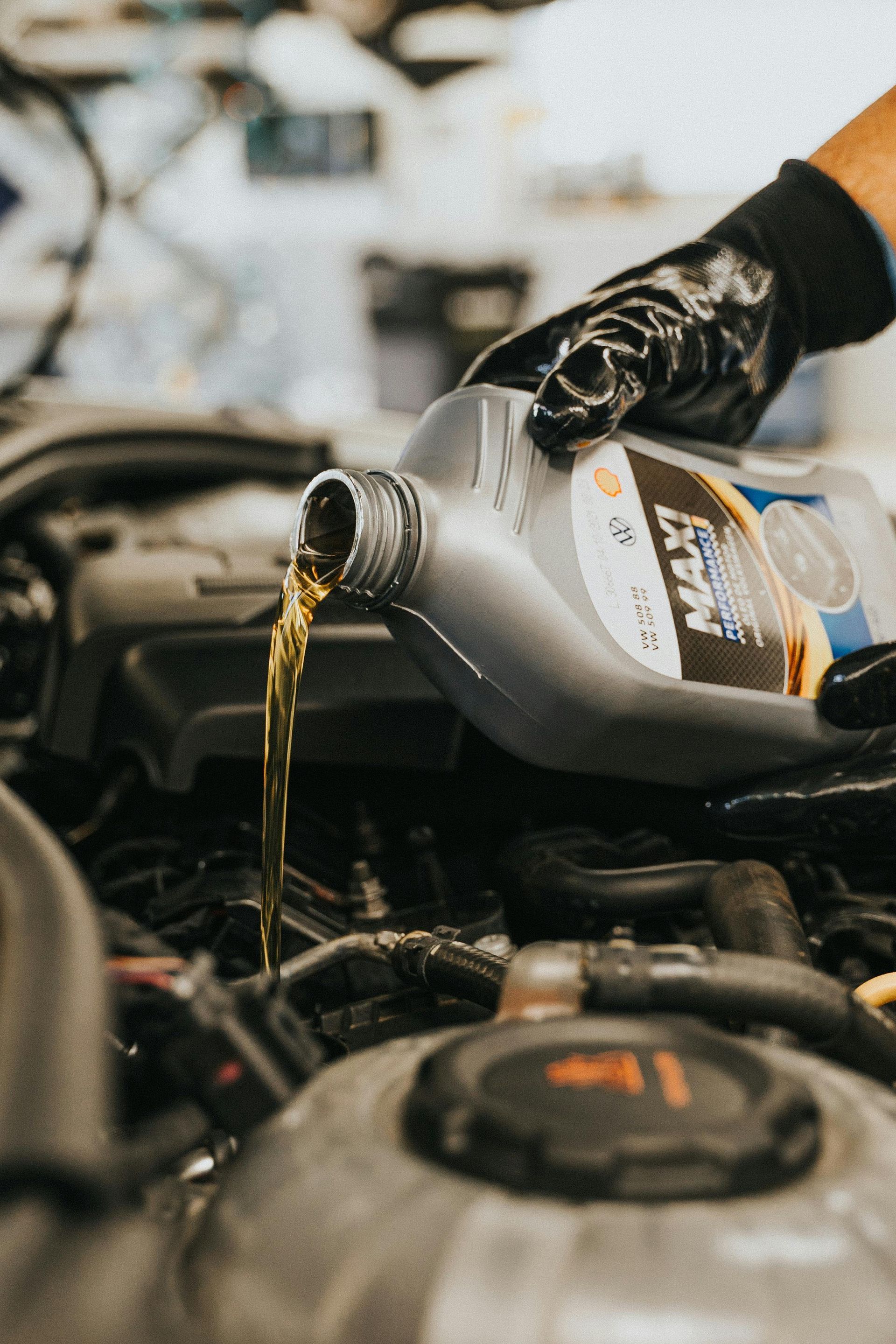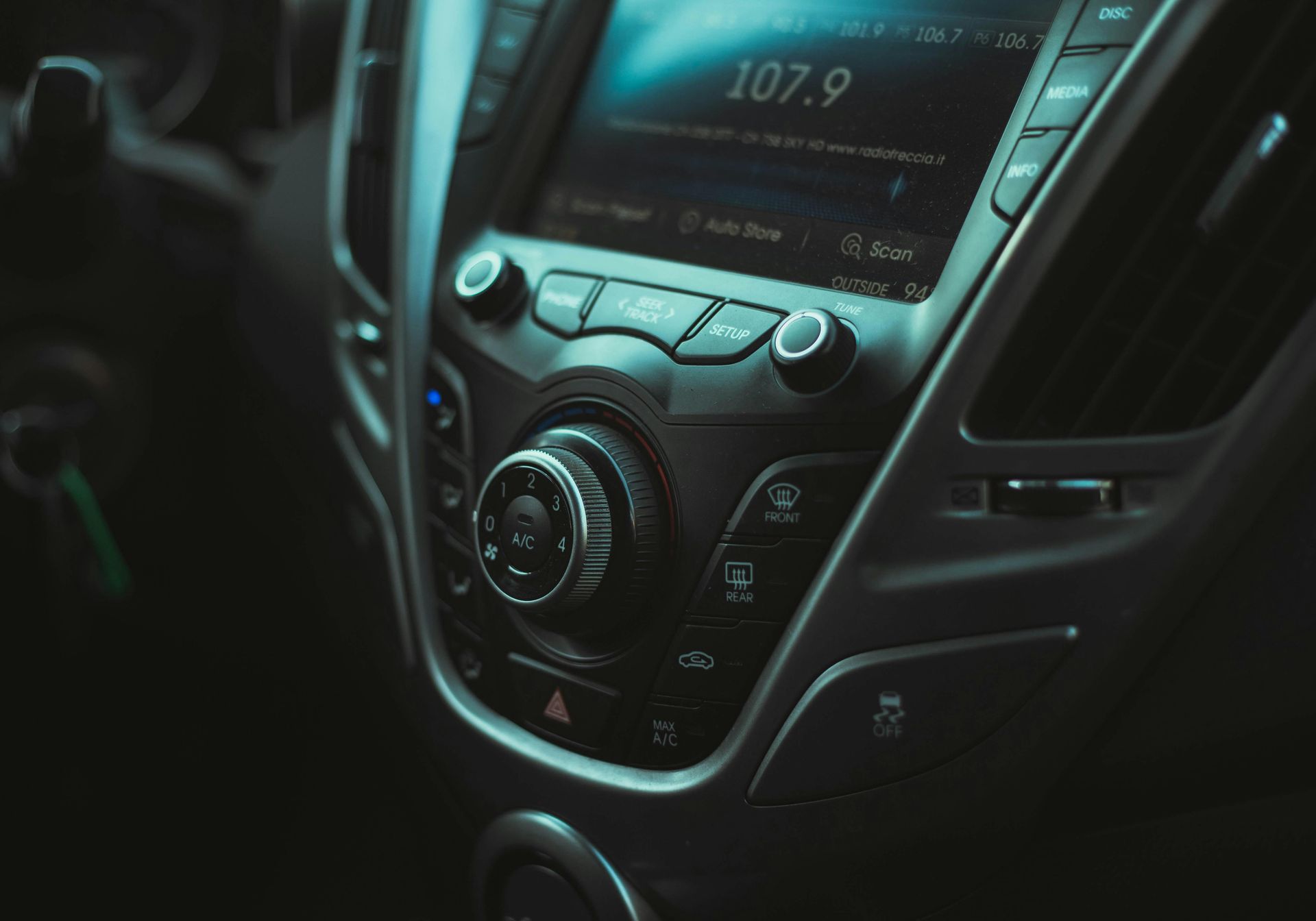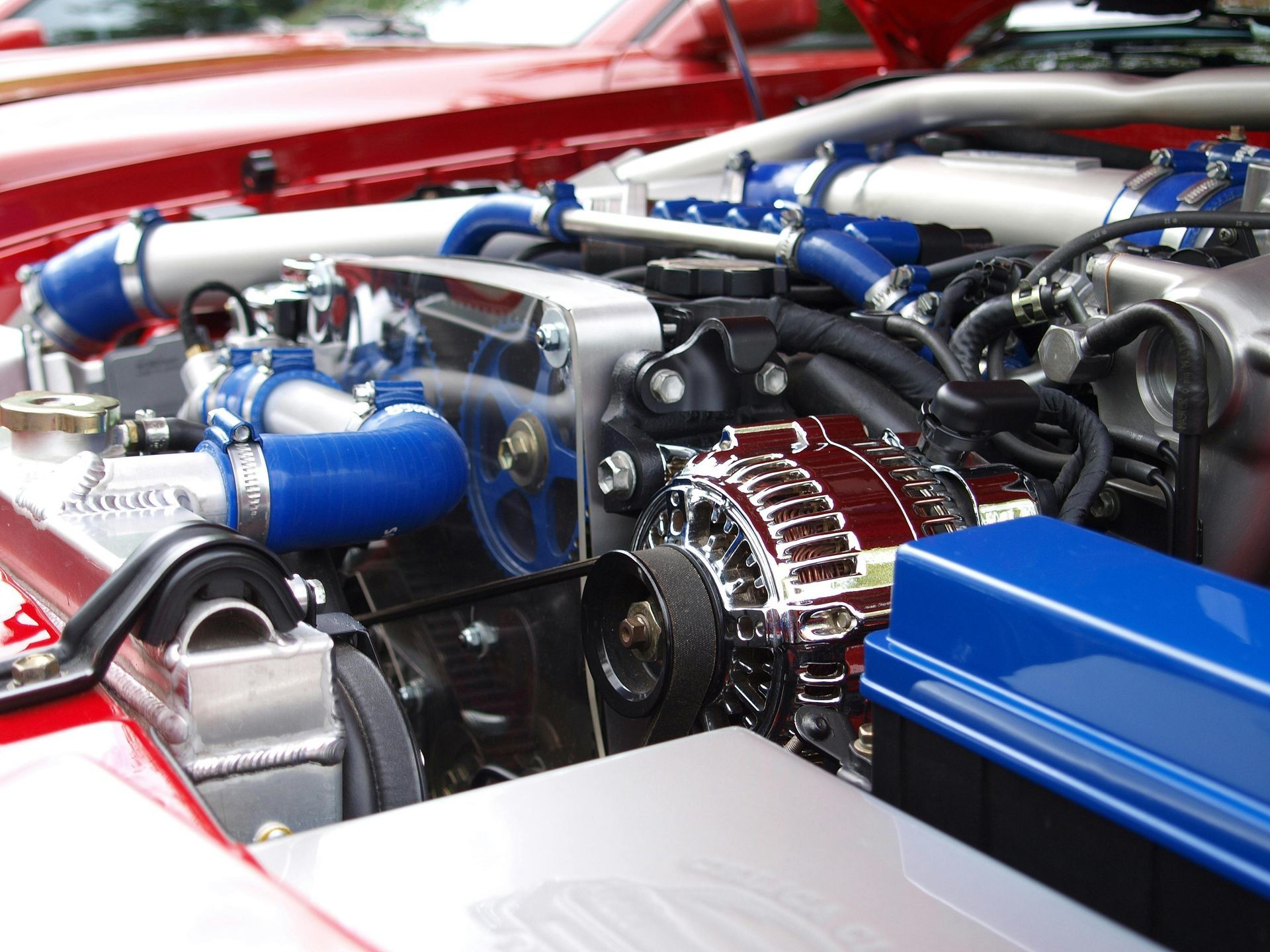Recognizing Brake Wear Signals After Colorado Springs Summer Adventures
Summer driving around Colorado Springs puts serious demands on your vehicle's braking system. Between mountain adventures to Pikes Peak, stop-and-go traffic through Garden of the Gods, and those steep descents from Woodland Park, your brakes have been working overtime. As summer winds down, it's time to check for signs that your brakes need attention before fall and winter driving challenges arrive.
Here's how to spot the warning signs that your brakes may be wearing out after a busy summer of Colorado driving.
Why Summer Driving Is Hard on Brakes
Mountain driving stress: Colorado Springs drivers face unique braking challenges. The steep grades leading to popular destinations like Manitou Springs, Cripple Creek, and the Pikes Peak Highway create intense heat and wear on brake components.
High-altitude effects:
- Thinner air provides less cooling for brake components
- Steep descents generate excessive heat buildup
- Frequent elevation changes stress brake systems
- Mountain traffic creates more stop-and-go situations
Summer heat impacts: High temperatures combined with mountain driving create perfect conditions for accelerated brake wear. Brake pads, rotors, and fluid all suffer when exposed to extreme heat cycles.
Listen for These Warning Sounds
Your brakes often "talk" to you before they fail completely. Learning to recognize these sounds can prevent dangerous brake failure and save you money on more extensive repairs.
Squealing or squeaking: High-pitched noises when braking usually indicate worn brake pads. Most pads have built-in wear indicators that make noise when replacement is needed.
Grinding sounds: Metal-on-metal grinding means your brake pads are completely worn and the backing plates are contacting your rotors. This damages rotors and creates a safety hazard.
Groaning or moaning: Deep, low-pitched sounds often indicate warped rotors or problems with brake calipers.
Clicking or rattling: These sounds might suggest loose brake hardware or worn anti-rattle clips.
Colorado driving note: Mountain driving can accelerate these wear patterns. If you've spent summer exploring Colorado's high country, pay extra attention to brake sounds.
Feel for Brake Performance Changes
Changes in how your brakes feel can indicate developing problems that need immediate attention.
Spongy or soft brake pedal: If your brake pedal feels mushy or goes closer to the floor than normal, you might have air in the brake lines or leaking brake fluid.
Hard or stiff pedal: A brake pedal that requires excessive force could indicate problems with the power brake booster or brake fluid system.
Vibration when braking: Shaking or pulsing through the brake pedal or steering wheel usually means warped brake rotors from excessive heat exposure.
Pulling to one side: If your vehicle pulls left or right when braking, you might have uneven brake wear, stuck calipers, or contaminated brake pads.
Grabbing or jerky braking: Brakes that grab suddenly or feel jerky indicate uneven pad wear or contaminated brake surfaces.
Watch for Visual Warning Signs
Regular visual inspection can catch brake problems before they become dangerous or expensive.
Brake pad thickness: Look through your wheel spokes to see the brake pads. They should be at least 1/4 inch thick. Thinner pads need immediate replacement.
Rotor condition: Check brake rotors for deep grooves, scoring, or discoloration. Blue or purple coloring indicates overheating from mountain driving.
Brake fluid level: Low brake fluid in the master cylinder reservoir suggests worn pads or system leaks.
Fluid color: Brake fluid should be clear to light amber. Dark, dirty fluid needs replacement.
Rust or corrosion: Excessive rust on rotors or brake components indicates moisture problems or infrequent use.
Check Your Dashboard Warning Lights
Modern vehicles have sophisticated brake monitoring systems that alert you to problems before they become dangerous.
Brake warning light: This red light indicates serious brake system problems that need immediate attention.
ABS warning light: Anti-lock brake system problems affect your ability to stop safely on wet or slippery surfaces.
Parking brake light: If this light stays on when the parking brake is released, check brake fluid levels and system operation.
Traction control light: Problems with wheel speed sensors can affect both traction control and ABS systems.
Heat-Related Brake Problems
Colorado's summer mountain driving creates intense heat that can damage brake components in ways that flat-land drivers rarely experience.
Brake fade: Extended downhill driving can cause brakes to lose effectiveness as they overheat. This is especially common on routes like the Pikes Peak Highway.
Warped rotors: Rapid heating and cooling cycles from mountain driving can warp brake rotors, causing vibration and reduced stopping power.
Boiled brake fluid: Extreme heat can cause brake fluid to boil, creating air bubbles that make brakes feel spongy or fail completely.
Glazed brake pads: Overheated brake pads can become glazed and lose their ability to grip rotors effectively.
When Mountain Driving Demands Immediate Attention
Some brake problems require immediate professional attention, especially if you regularly drive Colorado's mountain roads.
Call for help immediately if you experience:
- Complete brake pedal failure
- Brake pedal that goes to the floor
- Grinding sounds with no stopping power
- Vehicle pulls severely to one side when braking
- Burning smell from wheels after driving
Don't drive if you notice:
- Brake fluid leaking under your vehicle
- Smoke coming from your wheels
- Complete loss of brake pedal pressure
- Any situation where brakes don't respond normally
Prevent Problems with Regular Maintenance
Brake fluid service: Replace brake fluid every 2-3 years or as recommended by your manufacturer. Mountain driving may require more frequent changes.
Regular inspections: Have your brakes inspected every 6 months or 6,000 miles, especially if you drive mountain roads regularly.
Proper driving technique: Use engine braking on steep descents to reduce brake system stress. Downshift to help slow your vehicle.
Cool-down periods: After extended mountain driving, allow brakes to cool before parking or driving through water.
Colorado-Specific Brake Considerations
Elevation changes: Frequent driving between Colorado Springs (6,035 feet) and higher elevations puts extra stress on brake systems.
Weather conditions: Fall brings wet leaves, frost, and early snow that affect braking performance on mountain roads.
Road conditions: Construction zones, gravel, and debris common on mountain routes can contaminate brake components.
Traffic patterns: Tourist traffic during peak seasons creates more stop-and-go conditions that accelerate brake wear.
Professional Brake Inspection Benefits
While you can check some brake components yourself, professional inspection provides thorough evaluation of your entire brake system.
What professionals check:
- Brake pad and rotor measurements
- Brake fluid condition and contamination
- Hydraulic system pressure testing
- Caliper and wheel cylinder operation
- Brake hardware and anti-rattle clips
- ABS and traction control system function
Don't Ignore Warning Signs
Brake problems don't fix themselves and always get worse over time. What starts as minor squeaking can quickly become dangerous brake failure, especially under the demanding conditions of Colorado mountain driving.
Cost considerations: Catching brake problems early saves money. Worn pads are much less expensive to replace than damaged rotors, calipers, or other brake system components.
Safety priorities: Your family's safety depends on reliable brakes, especially when driving Colorado's mountain roads where brake failure can have serious consequences.
Keep Your Family Safe on Colorado Roads
Summer driving around Colorado Springs is an adventure, but it's tough on your brakes. Don't let worn brakes turn your fall mountain trips into dangerous situations or leave you stranded when you need reliable stopping power most.
From daily drives through the city to weekend adventures in the high country, your brakes are your most important safety system. After a summer of mountain driving, they deserve professional attention to ensure they're ready for whatever Colorado's roads throw at you next.
Schedule your brake inspection today. Our experienced technicians know the unique demands of Colorado driving and will thoroughly check your brake system for wear, damage, or safety concerns. Don't wait for brake problems to leave you stranded or put your family at risk. Get the peace of mind that comes with knowing your brakes are ready for safe Colorado adventures.












